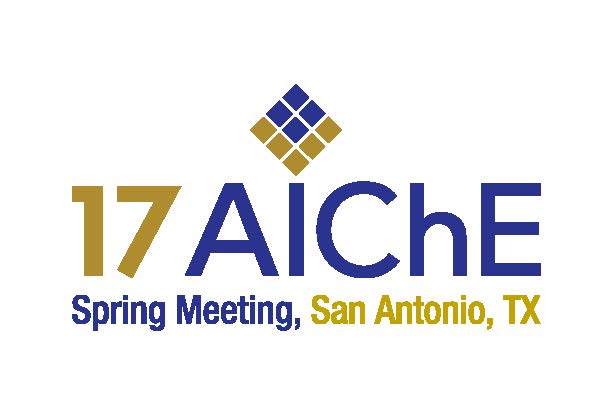

Combustible dust flash fires can represent a serious hazard in industrial settings and can require significant mitigation efforts. Increasingly, standards require the use of Dust Hazard Analyses (DHAs) to determine the appropriate level of protection for specific processes. However, assessing the likelihood of ignition can be difficult for hard-to-ignite dusts. Common ASTM dust cloud methods either use capacitive sparks up to a few Joules, which are typically too weak to ignite hard-to-ignite dust, or pyrotechnic igniters, which are difficult to correlate to real-world industrial ignition sources. Tests to evaluate whether a dust cloud could be ignited by a flame, such as a pilot flame or a torch flame are not frequently utilized. Based on previous testing by the authors, many dusts that are explosible in confined 20-L ASTM testing do not appear to propagate flames under more realistic flash fire conditions. This paper extends the previous testing to include the use of relevant ignition sources such as higher energy sparks, diffusion flames, and pre-mixed flames to further develop techniques that can be used in practical hazard analyses and risk assessments.
Presenter(s)
Once the content has been viewed and you have attested to it, you will be able to download and print a certificate for PDH credits.
If you have already viewed this content,
please click here
to login.
Language
Pricing
Individuals
| AIChE Member Credits | 0.5 |
| AIChE Pro Members | $19.00 |
| Employees of CCPS Member Companies | Free |
| Fuels and Petrochemicals Division Members | Free |
| AIChE Graduate Student Members | Free |
| AIChE Undergraduate Student Members | Free |
| AIChE Explorer Members | $29.00 |
| Non-Members | $29.00 |
